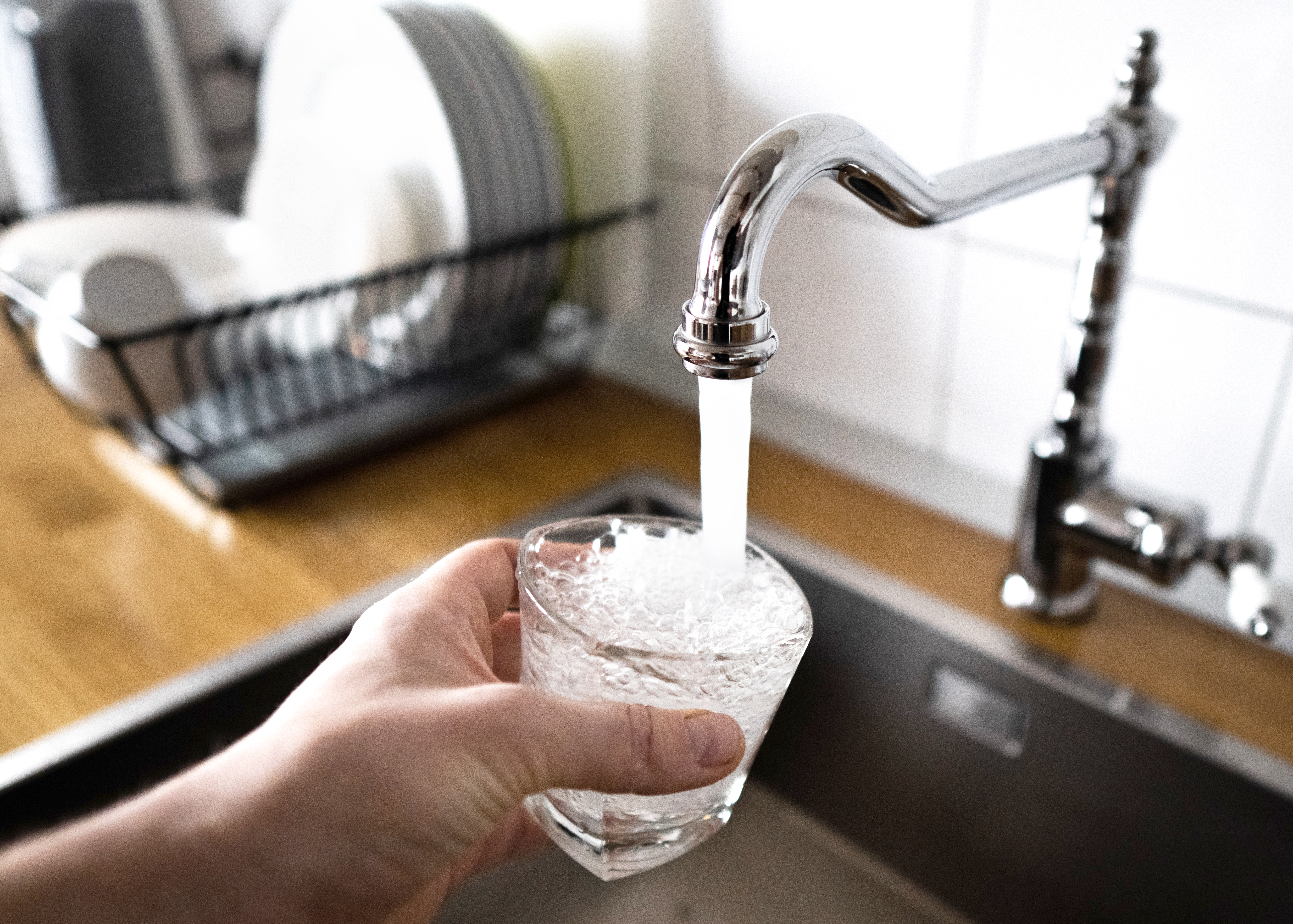
Learn about main water line repair costs in Columbus and what affects pricing to be prepared before you start getting estimates.
When you’re up a creek without a plunger


Sewage backups create health and safety issues, so don’t let them linger.
Stop using all home fixtures to prevent further backup and call a pro immediately.
Regular plumbing inspections can help prevent issues with sewage backup.
Seeing sewage seeping through a shower drain is just about the last thing anyone wants to experience, and unfortunately, getting a fix underway can be time-consuming and expensive. Before you do anything else, stop using the fixtures in your home to prevent the plumbing emergency from worsening. Then, you can call a pro for help while you figure out why sewage is coming up into your shower.
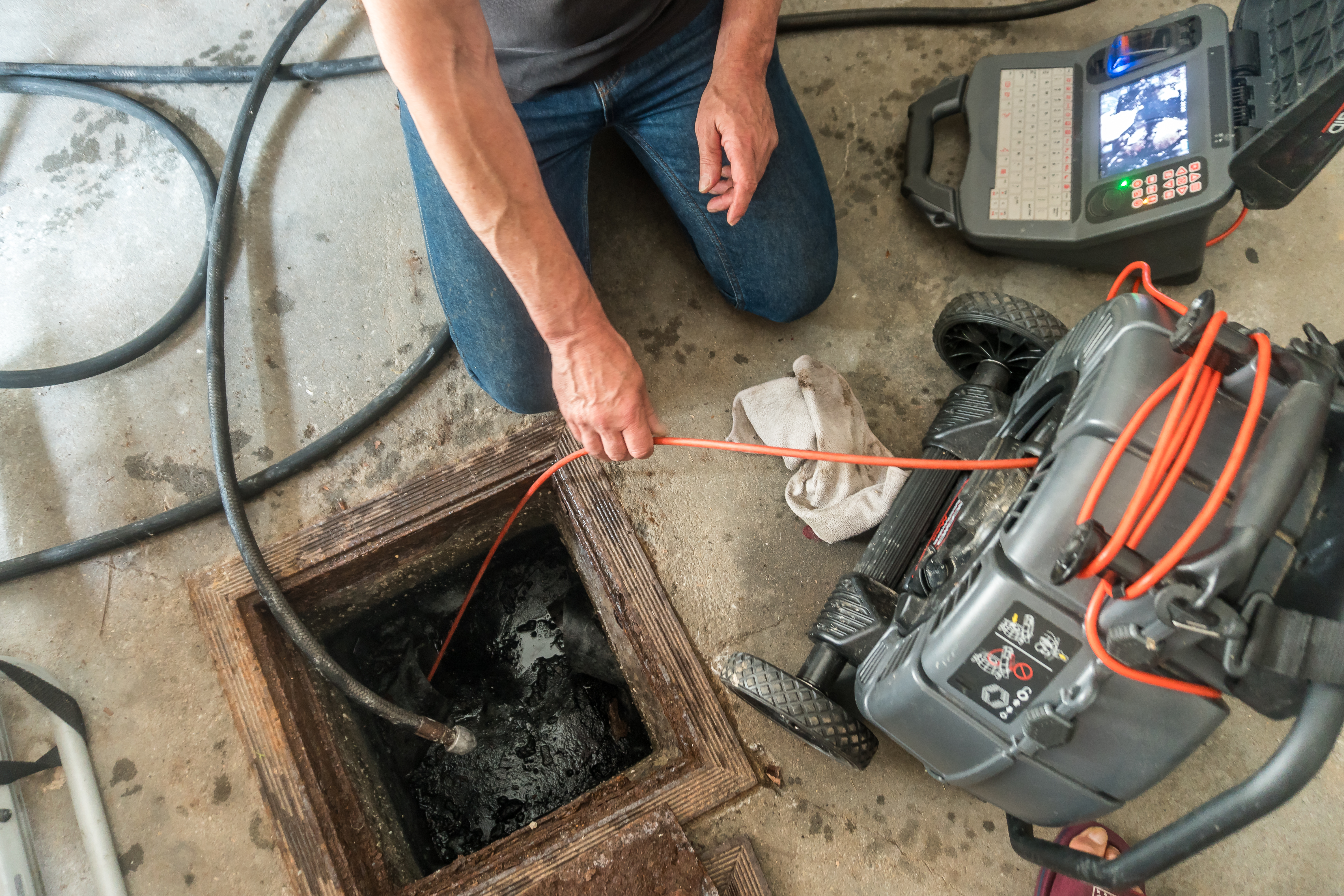
The most likely cause of a sewage backup in your shower is a clog in the sewer main. All of your fixtures drain to your sewer main, which then carries wastewater away. Clogs from foreign objects, grease, and even invading tree roots can all block sewage from draining properly, leaving it to back up into the lowest drains in your home—the ones in your showers.
Some warning signs of a sewer main clog include multiple fixtures draining slowly, gurgling noises when you use sinks or showers, foul odors in your living space, and a portion of the yard that’s growing rapidly or is unusually green.
Clearing a sewer main is dangerous and requires experience and specialized tools, like plumbing augers. If you think your main line is clogged, stop using the fixtures in your home and call a plumber right away to remove the clog.
Some homes have sewer mains that drain into a septic tank rather than to a municipal sewer line. Even without a clog, you may get a backup if the tank is full. This will result in the same symptoms as you’d see with a sewer main clog. If you know you’re on septic and haven’t had your tank pumped in the past three years, this is probably your issue.
Stop using fixtures, including the dishwasher and washing machine, and call a septic pumping company. They can access your tank and pump out excess waste to make room for future use.
Showers in below-grade bathrooms drain to a sump pump that collects waste and intermittently pumps it up to the main line. If the sump pump fails or loses power, the waste will back up into your shower since it has nowhere else to go. This is the most likely problem if most of your fixtures are draining normally and you only have sewage backups in your basement shower.
Start by making sure the sump pump is getting power. In the event of a power outage or tripped breaker, reset the breaker and wait for the power to come back on before using your basement bathroom again. Contact a plumber if the issue persists, as you may need to replace the sump pump.
Some municipalities, especially in aging urban areas, have shared drainage systems for stormwater and sewage. Severe flooding can overwhelm the system and cause backups in your home. This could be the issue if you had heavy rainfall or a flood in your area.
Confirm with your neighbors to see if they’re experiencing the same problem. If they are, report the issue to your local wastewater management agency and refrain from using fixtures until the flooding subsides.
Fixing an issue with sewage backing up into a basement shower could be DIYable, but only if you determine that the sump pump temporarily lost power. Even then, call an electrician if the problem persists, as you could have an electrical issue.
For all other sewage-related issues in your shower, call a local plumber or septic company right away. Sewage presents major health and safety concerns, so it’s always worth it to call a pro.
No one wants to deal with sewage and the related odors while they’re showering. Luckily, there are a few things you can do to reduce the risk of a sewer main clog and prevent a backup from happening in your home.
Pump your septic tank regularly: Have a pro pump your septic tank once every three to five years or more often if you have a large family. Pumping will maintain space for waste to collect where it should—definitely not in your shower.
Schedule routine plumbing inspections: Annual plumbing inspections, regular sewer main cleanings, and sewer line maintenance are great things to schedule to stay ahead of clogs and other problems that can lead to sewage backups.
Be careful what you flush down your toilet: Avoid clogs in your main line by only flushing human waste. Avoid flushing paper towels, feminine products, foreign objects, and “flushable” wipes, and never dump grease or other food waste down your sinks.
From average costs to expert advice, get all the answers you need to get your job done.

Learn about main water line repair costs in Columbus and what affects pricing to be prepared before you start getting estimates.
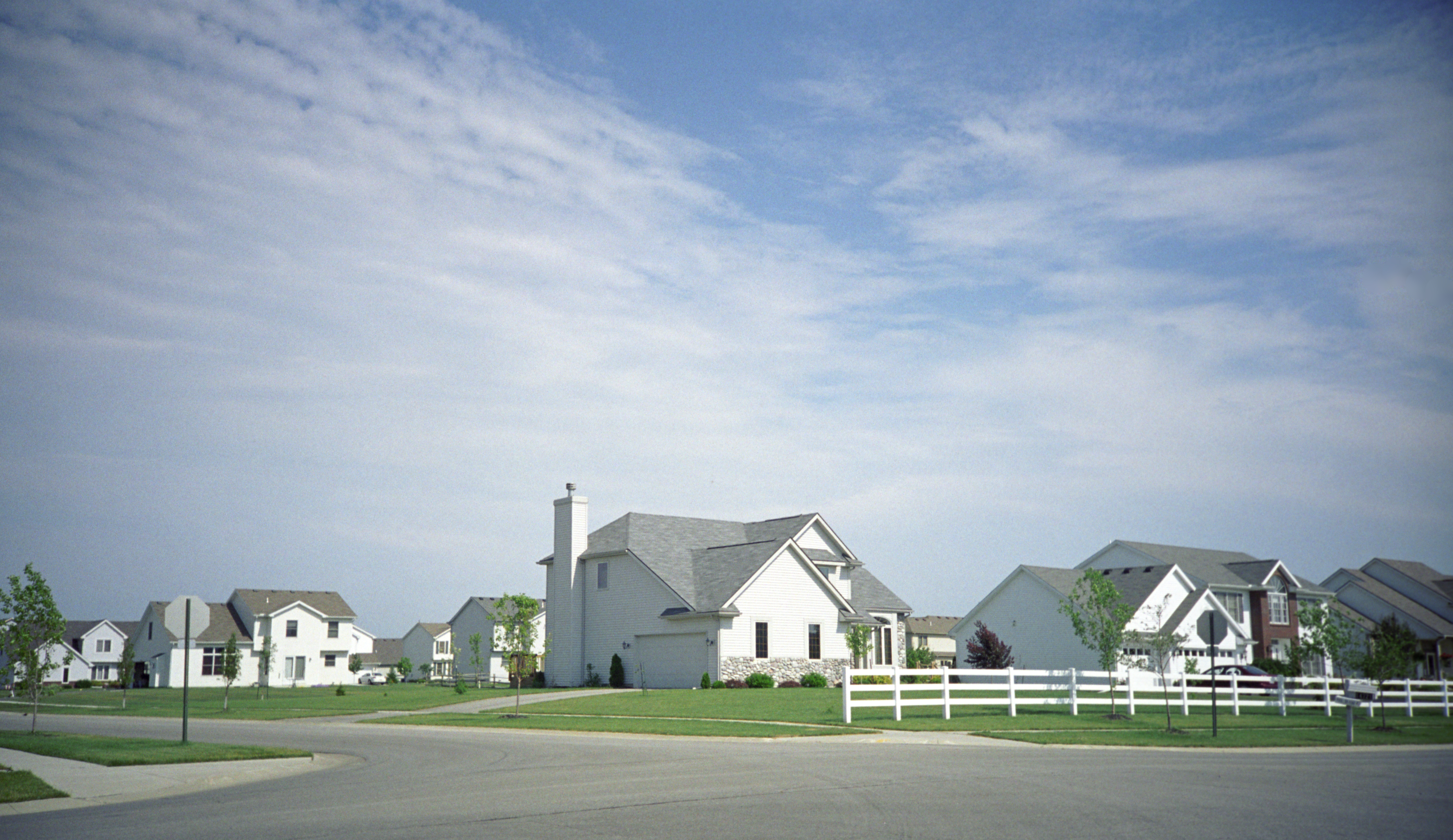
Discover the leading factors affecting your main water line replacement cost in Columbus, including length, material selection, and installation details.

Learn how much plumbers cost in Columbus, Ohio. Discover pricing for faucet repairs, pipe work, and emergency services, plus how you can save money.
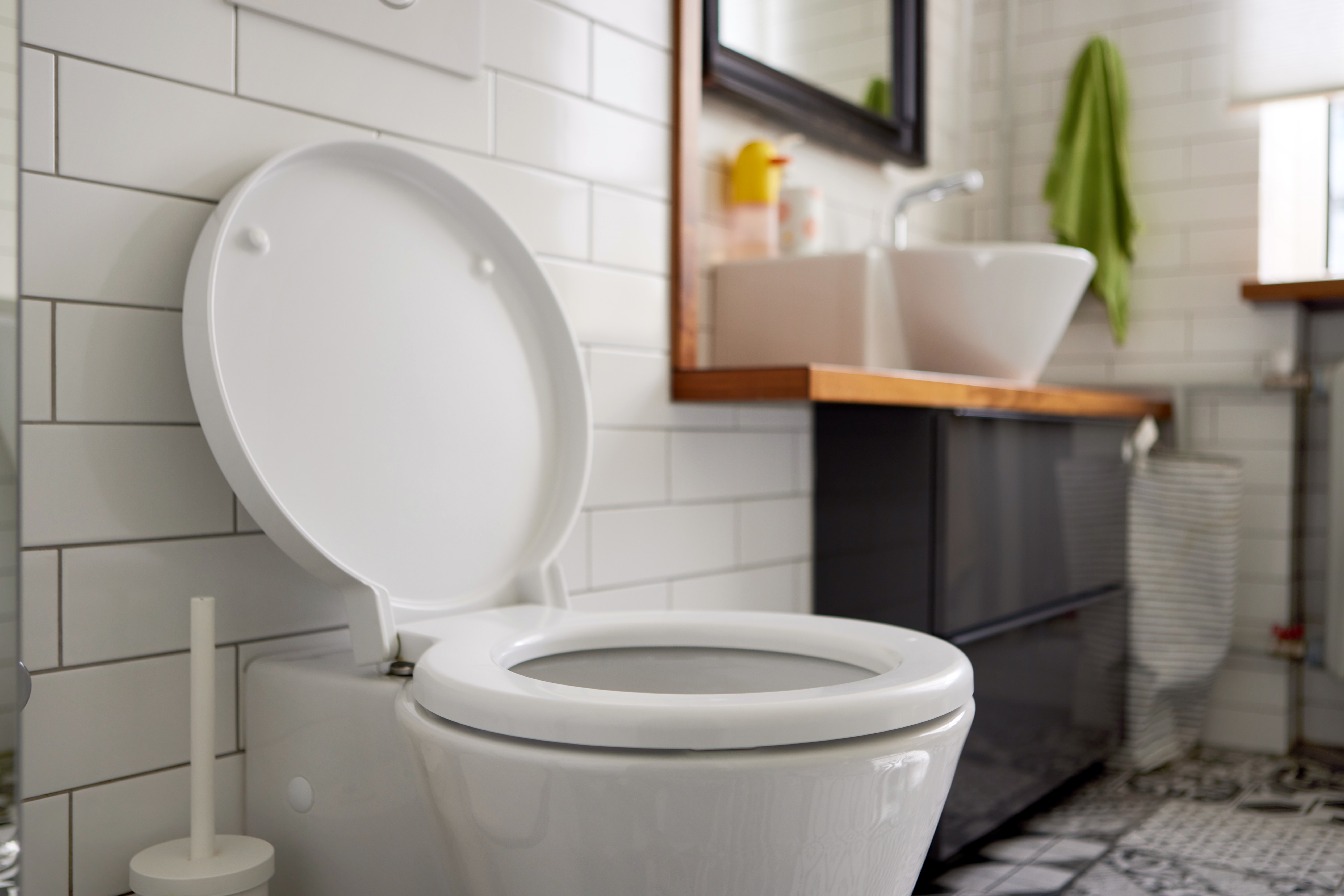
A clogged toilet can be embarrassing and even dangerous. Learn these tips to unclog a toilet, whether or not you have a plunger on hand.

Extend the life of your appliances by installing a water pressure regulator—here is why this valve is essential in your home.
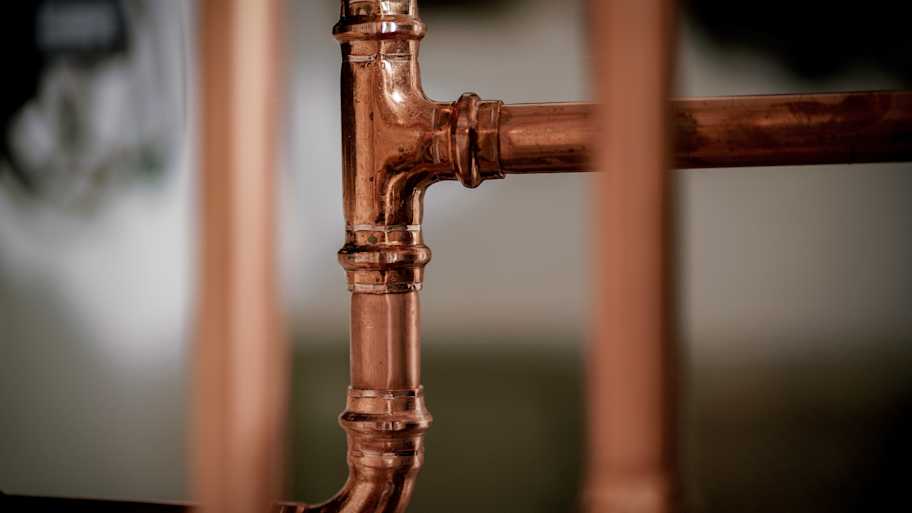
The proper copper pipe size depends on the application and your home layout. Learn how to size copper pipes and what factors to consider when deciding.